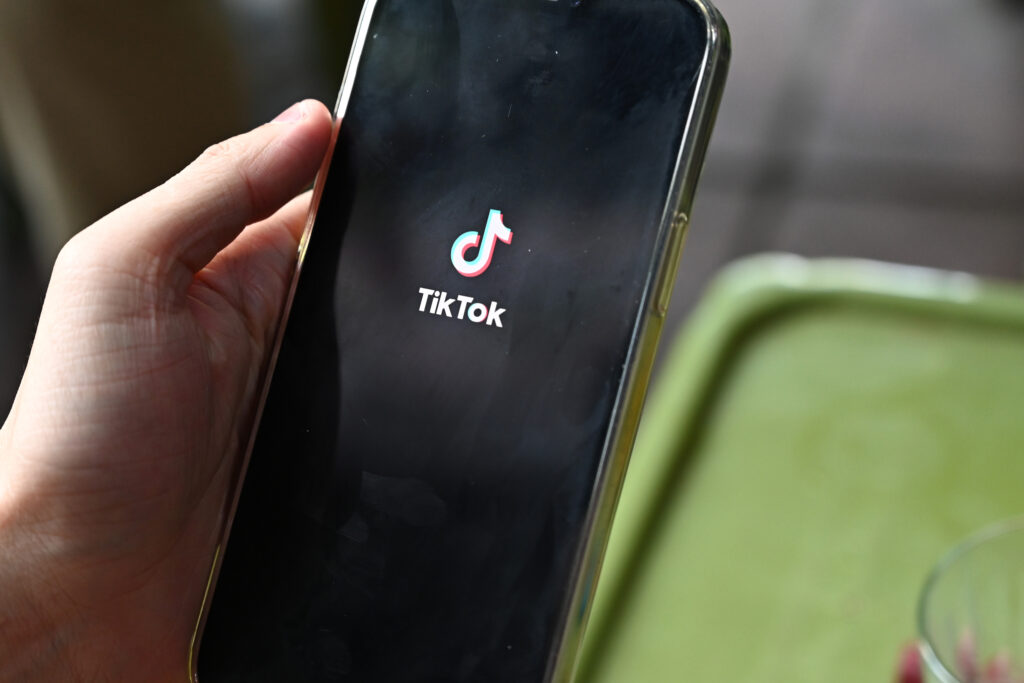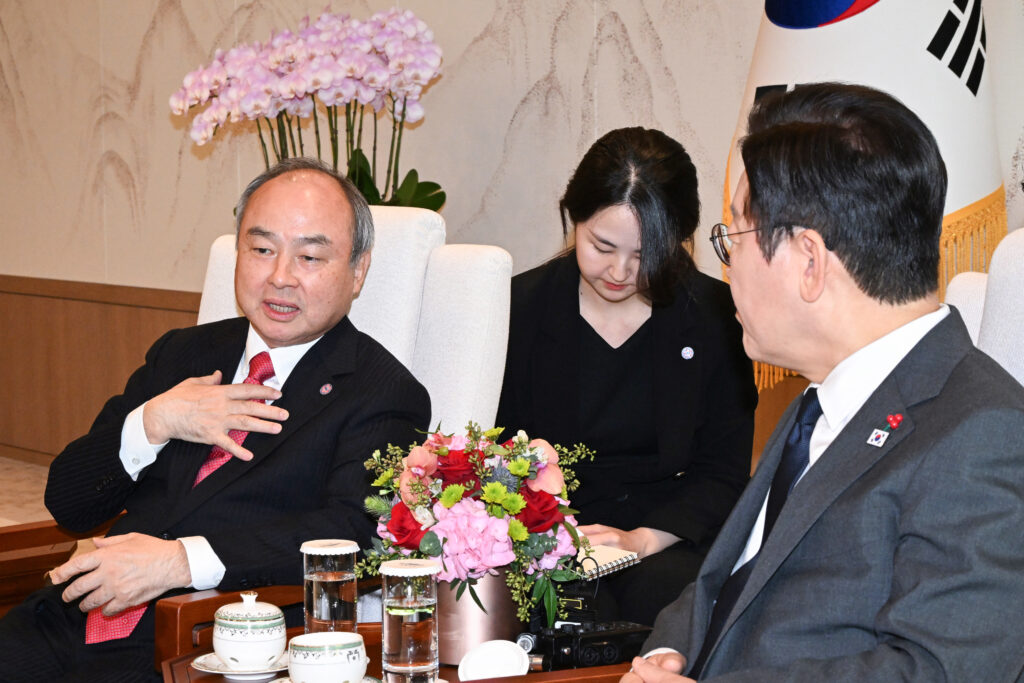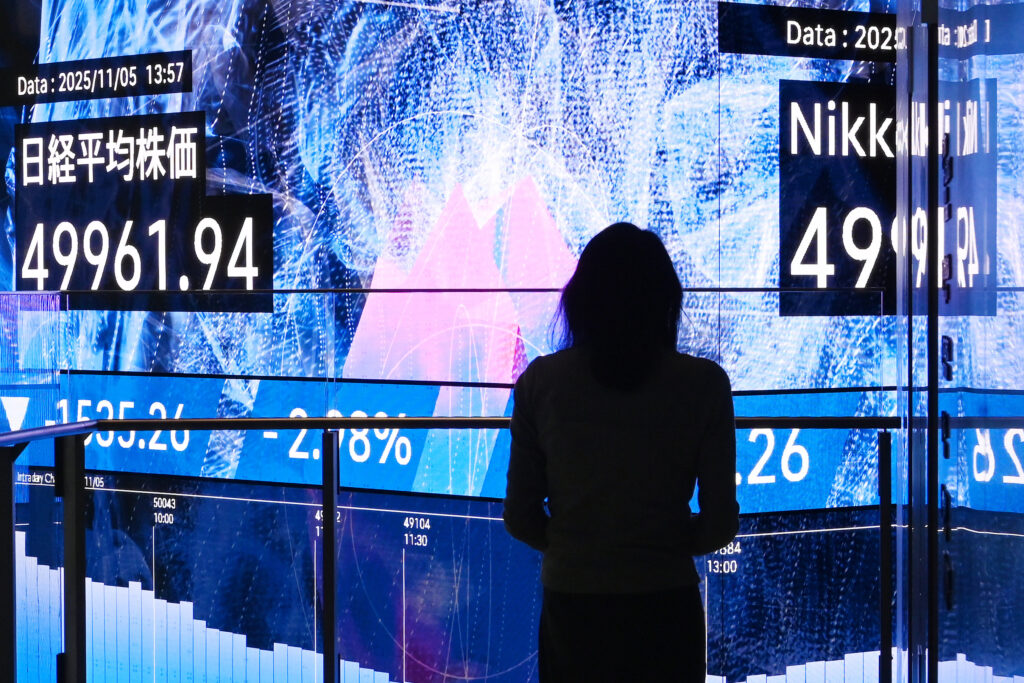India withdraws pilot rest policy after IndiGo chaos
India’s aviation ministry on Friday rolled back a new policy of weekly rest for pilots after chaos caused by hundreds of flight cancellations by the country’s biggest airline, IndiGo.Airports across India have been in disarray since Monday, with the private carrier blaming the disruption on “unforeseen operational challenges”.On Thursday, IndiGo admitted to aviation regulators that “misjudgement and planning gaps” in adapting to new rules led to the operational meltdown, even though it had two years to prepare for the switch.The new rules came into effect last month with the aim of giving pilots more rest periods to enhance passenger safety.India’s civil aviation minister Ram Mohan Naidu said the “Flight Duty Time Limitations” rules “have been placed in abeyance with immediate effect”.”Without compromising on air safety, this decision has been taken solely in the interest of passengers, especially senior citizens, students, patients, and others who rely on timely air travel for essential needs,” Naidu said in a statement. Naidu said his ministry expected that “flight schedules will begin to stabilise and return to normal by tomorrow”. IndiGo, which cancelled all domestic flights Friday from New Delhi and Chennai, apologised for “the immense inconvenience and distress” caused to travellers. In a video statement, the company’s CEO Pieter Elbers said late Friday the relaxation of the rules was “of great help” but there was “still lots of work in progress”. Friday was the “most severely impacted day” with “well over a thousand” cancellations, Elbers said.He added that the company expected cancellations to fall below 1,000 on Saturday ahead of a return to normal between December 10 and 15.IndiGo, which commands 60 percent of India’s domestic market, operates over 2,000 flights a day.Earlier on Friday, passengers vented their frustration online, including Singapore’s ambassador to India, Simon Wong, who said he was “lost for words”.”I joined the tens of thousands of passengers stranded by #Indigo… My sincere apologies to my young staff waiting for me to attend his #shaadi (wedding). Lost for words,” a post on the embassy’s official X handle said.A passenger at Delhi airport told broadcaster NDTV that he had received no update from the airline for the last 12 hours.Prime Minister Narendra Modi’s main opponent, Rahul Gandhi from the Congress party, blamed the fiasco on the government’s “monopoly model”.”Once again, it’s ordinary Indians who pay the price – in delays, cancellations and helplessness. India deserves fair competition in every sector, not match-fixing monopolies,” he said in a post on X.The crisis is one of the biggest challenges faced by the no-frills airline, which has built its reputation on punctuality.Last week, 200 IndiGo planes were affected when Airbus issued an alert for an urgent upgrade for 6,000 aircraft worldwide.India is one of the world’s fastest growing aviation markets, hitting 500,000 daily flyers last month for the first time.





